Azenhas do Mar
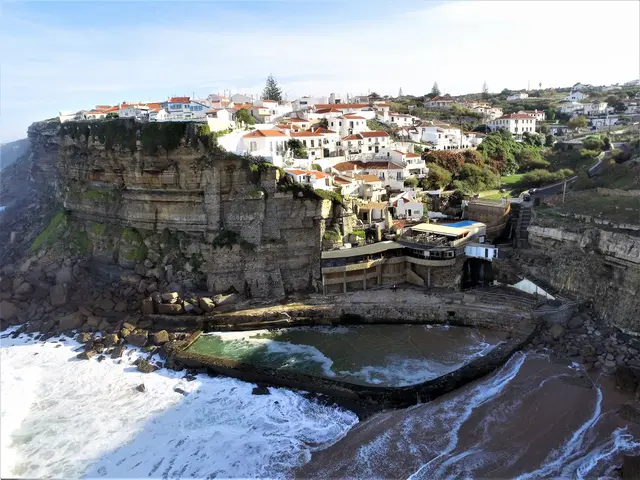
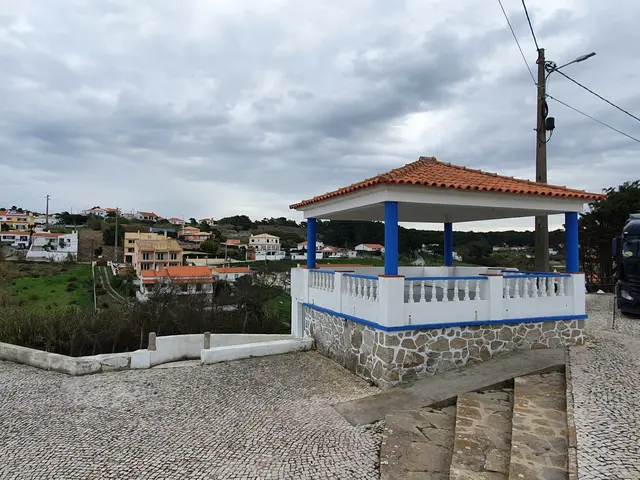
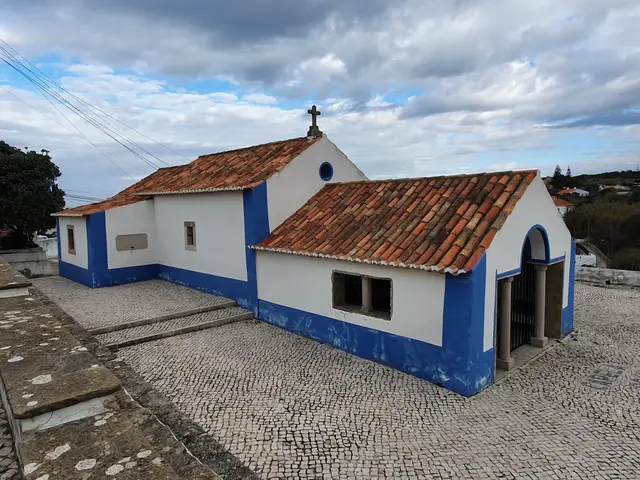
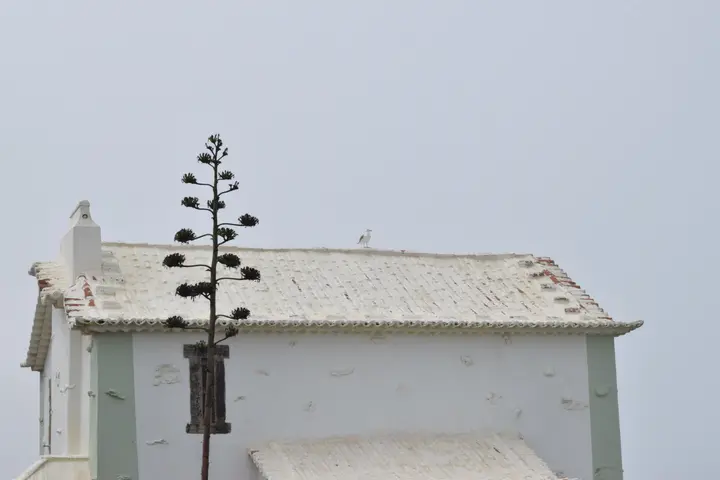
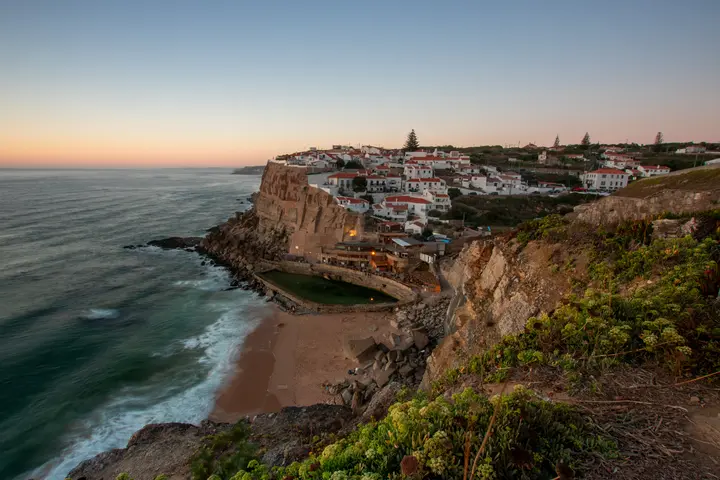
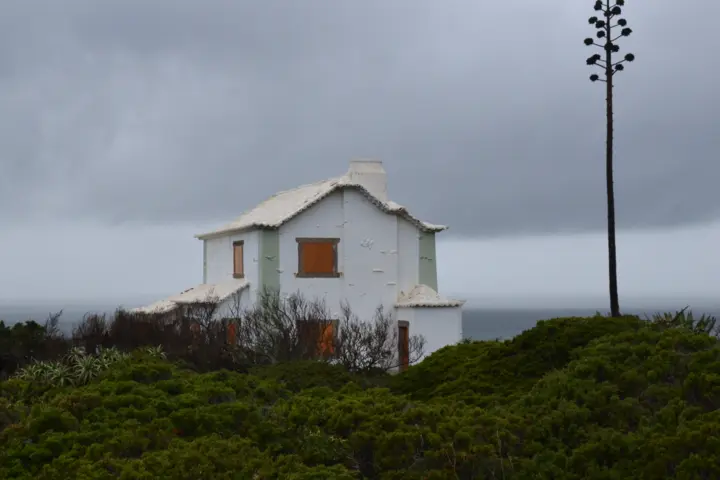
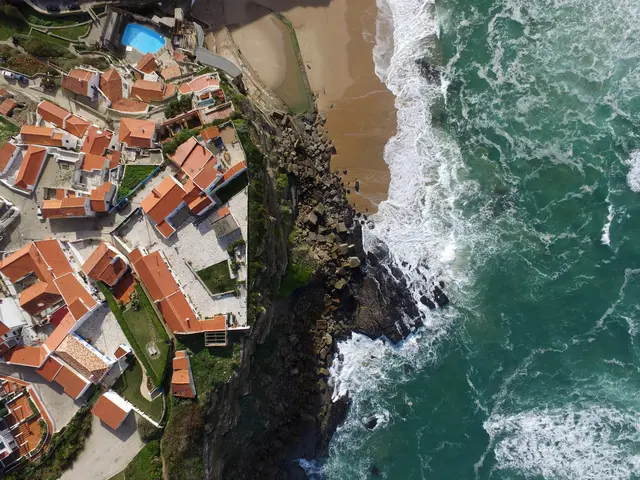
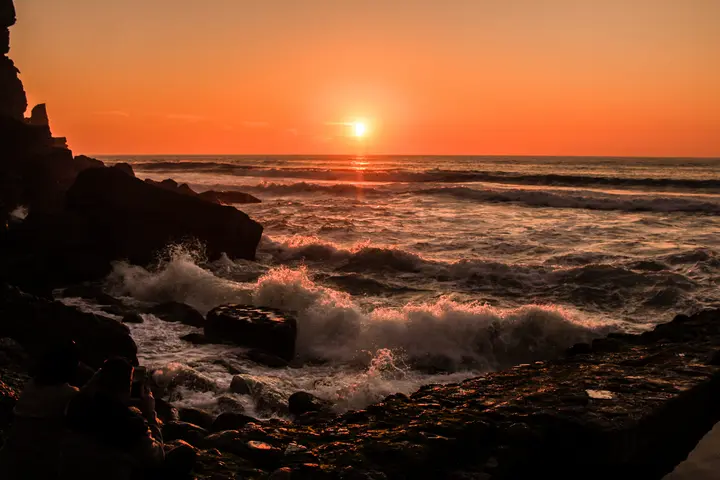
Introduction
Azenhas do Mar in Sintra perfectly captures the harmony of tradition, landscape, and history. Perched on a cliff’s edge above the Atlantic, the village’s white cottages and ocean pool reveal centuries of coastal life and creative Portuguese architecture. Today, we can wander Azenhas do Mar’s scenic lanes, imagining the watermills that once turned here and the generations of locals shaping its unique cultural heritage.
Historic Highlights
🌊 Roots in the Coastal Mills
Azenhas do Mar in Sintra began as a cluster of watermills—azenhas—perched beside a stream that powered daily village life. While legends hint at Moorish origins, the first solid records come from the 16th century, with the village already balancing sea and farmland. Generations combined fishing with farming on sandy terraces above the cliffs. The ocean and watermills shaped the rhythm of every day here, and families tell stories of grain ground and bread baked with waters straight from the hills.
“Every stone here has a memory, from the mills to the salty breeze that greeted my childhood.”
— Local resident, recalled by the Sintra municipal project
🚋 Arrival of the Tram and New Beginnings
The true turning point came in 1930 when the Sintra tram line finally reached Azenhas do Mar, connecting it with the world beyond. Villagers celebrated the event in exuberant style—a fountain famously flowed with local Colares wine instead of water! This moment, still retold with laughter, marked the village’s transformation from hidden hamlet to sought-after seaside resort. Soon, holidaymakers were arriving for the dramatic views and a dip in the saltwater swimming pool carved right into the rocks.
“On that day, wine bubbled from the fountain, and it seemed Azenhas do Mar was truly baptized into the life of leisure.”
— SAPO Viagens, quoting local tradition
🏠 Architectural Harmony and Artistic Flair
Azenhas do Mar’s charm blossomed mid-20th century when the village attracted renowned architects like Raul Lino. His Casa Branca blends traditional forms with modern ideas—whitewashed walls, regional tiles, and a seamless fit into the wild cliff landscape. The old primary school, adorned with vivid tile panels and classic arches, stands as a proud example of “Português Suave,” Portugal’s gentle approach to blending national style with daily life. Painters and writers, too, found inspiration here, from Júlio Pomar’s canvases to Ferreira de Castro’s novels, ensuring that Azenhas do Mar’s drama lived on in art as well as stone.
🕊️ Traditions and Community Spirit
The spirit of Azenhas do Mar endures in its annual Feast of São Lourenço—each August, locals march the saint’s statue from the clifftop chapel toward the sea, blessing the waters that defined their lives. Between village memory nights, lively festivals, and the lingering scent of Colares wine, the community keeps its traditions vivid. They share tales of smugglers, enchanted watermills, and the legendary vines planted deep in the sand—some among the oldest hearty against Europe’s phylloxera blight. These stories keep Azenhas alive for residents and visitors alike.
💡 Visitor Tip
Pair your walk through the village with a meal at the cliffside restaurant, savoring seafood with views of the ocean pool and whitewashed cascade of houses—then linger for sunset, when the Atlantic paints the cliffs in unforgettable colors.
Timeline & Context
Historical Timeline
- 16th century – Capela de São Lourenço is built, marking the community’s early growth.
- 19th century – Azenhas do Mar remains a small, self-sufficient village with vibrant mill and fishing traditions.
- 1920 – Architect Raul Lino builds Casa Branca, setting architectural trends.
- 1927 – Opening of the primary school, soon a model for Estado Novo civic architecture.
- 31 January 1930 – Sintra electric tram arrives; fountain flows with wine in celebration.
- 1950s–60s – Village featured in travel magazines, becomes a renowned resort; swimming pool built.
- Late 20th century – Restoration of the chapel; increased preservation focus as tourism grows.
- 2000s–present – Ongoing cliff stabilization, heritage listing efforts, and flood of visitors managed by protective zoning.
Transformation from Mill Hamlet to Resort Village
Azenhas do Mar’s journey is marked by a fusion of rural tradition and architectural innovation. The village's development began with watermills—its defining feature and namesake—serving the dual economy of fishing and agriculture. These early years fostered a tight-knit community identity centered around the land and ocean. The arrival of holidaymakers in the early 20th century, especially after the tramline's extension in 1930, initiated its shift to a seaside resort. This era saw a blend of lively local anecdotes, such as the wine-fountain event that still colors local lore, signaling Azenhas do Mar’s new trajectory as a leisure destination.
Architectural Styles and Heritage Management
The 20th-century transformation was not limited to tourism; influential architects like Raul Lino used Azenhas as a testing ground for combining vernacular Portuguese forms with modern needs. The “Estilo Português Suave” style became apparent in both civic and residential buildings, setting Azenhas apart from neighboring villages. The school and Casa Branca exemplify this architectural fusion and are now considered for nationwide heritage lists. Artistically, Azenhas do Mar’s unique setting drew painters and writers whose works further embedded the village’s imagery in Portuguese culture.
Social and Cultural Continuity Amidst Change
Throughout its evolution, Azenhas do Mar has remained grounded in tradition. The Feast of São Lourenço still echoes ancient sea-blessing rituals, and oral histories are proactively documented through municipal projects. A folk devotion to Our Lady of the Sea and stories surrounding the once-bustling mills reflect not only resilience but ingenuity, as with the sand-planted Ramisco vines. The shift toward tourism did bring economic benefits but also pressures: the conversion of old cottages to rentals and the closure of the primary school highlight demographic and cultural shifts. However, adaptive reuse of historic sites and active civic societies aim to retain the village's social vibrancy.
Comparison and Regional Context
Azenhas do Mar stands out from nearby resorts like Praia das Maçãs due to its dramatic cliffside construction, cohesive “village amphitheater” feel, and curated architectural blend. Inland Penedo offers a pastoral counterpart, focused on religious and agrarian traditions, but shares the whitewashed charm and vernacular architecture. Together, these Sintra locales illustrate the rich diversity of Portuguese village heritage—the sea-facing leisure heritage of Azenhas do Mar coupled with Penedo’s hillside spirituality. Both are part of the romantic cultural mosaic that shaped Sintra’s regional identity in the 19th and 20th centuries.
Research Foundation and Preservation Challenges
This synthesis draws on archival records from municipal and national sources, scholarly studies of architecture and heritage, oral histories, and contemporary media. Challenges remain: gaps in earlier documentation, the balance between tourism and authenticity, and increased environmental threats like cliff erosion. Public and municipal attention is now focused on preserving both the tangible architecture and the living cultural traditions—so that future generations will find more than postcard views, but a sense of genuine community and continuity with the past.